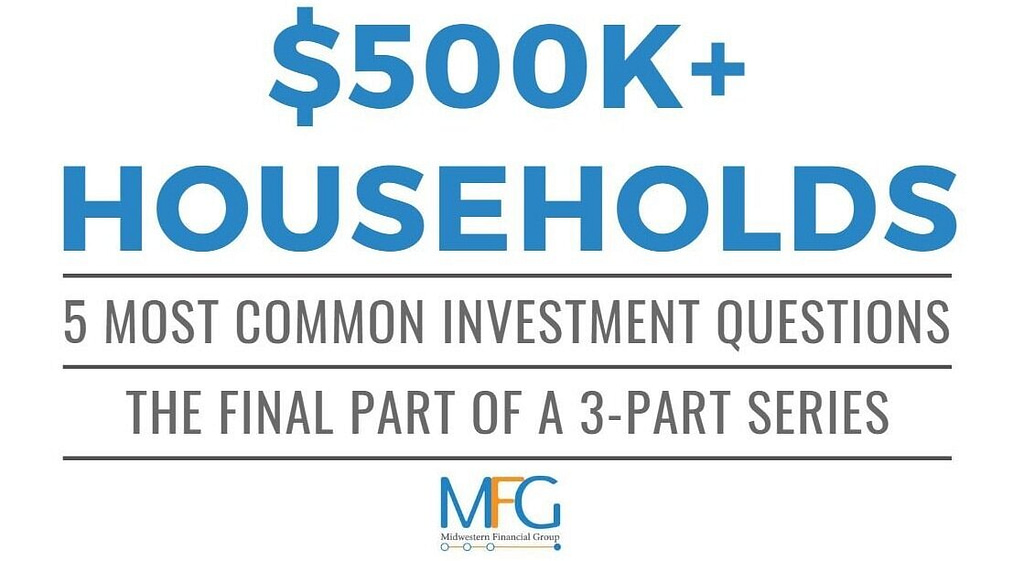Lately, financial commentators have been excited to tell you that the stock market has gotten ahead of itself and that it is ignoring the economic realities.
A few of these realities include:
· Last week’s 2.1 million initial unemployment claims, which were down from 2.4 million the week prior, according to the Labor Department,
· Americans receiving jobless payments totaled 21.1 million for the week ending May 16, beating the previous record of 6.5 million in 2009,
· The reality of a 5% decline in first quarter GDP (an annualized rate), and
· That orders for long-lasting durable goods, items such as machinery and trucks, fell 17.2 percent in April, according to the Commerce Department.
Given this backdrop, how could the S&P 500, an index of the 500 largest U.S. companies, decline from 3,393.52 in February to 2,191.86 in March -a 35% decline- and then rally to 3,044.31 through the end of May, marking a 39% rally from the bottom?
IS THE WORST BEHIND US?
Does this mean the market anticipates a vaccine that will limit the economic drawdown?
Is the market ‘baking in’ more stimulus from the government?
The answers to all of these uncertainties: Nobody knows.
We do know that investors are weighing the probability of all factors. When Moderna announced positive vaccine results, the market rallied and has not looked back. However, that is one data point and there are broader factors at play including interest rates, inflation expectations, and tax rates, among many other things.
In this uncertainty it is important to analyze the market through the lens of implied expectations, answering the question: Given the market’s current value, what are the market expectations for the future?
We can start with a few assumptions:
· The current value of the S&P 500 is 3,044.31
· The average trailing 12-months P/E ratio is 18.10
· 2019 operating earnings per share for the S&P 500 was $157.12
· The value of the S&P 500 at the end of 2019 was 3,230.78. The P/E ratio at the end of 2019 is the price divided by the 12-month trailing earnings (3,230.78/157.12) which was 20.56
· The average annual earnings growth rate since the beginning of the 1990s is about 6%.
NOW, HERE ARE A FEW S&P 500 FUTURE RETURN EXPECTATIONS:
· First, Let’s take 2019 earnings of $157.12 and assume 2020 is a bust. So, we will assume the U.S. economy rebounds in 2021 (possibly an overly optimistic assumption) and 2021 earnings are the same as 2019, $157.12.
· Next, let’s grow the earnings by the average rate, 6%, for the next 5 years. At that rate, S&P 500 earnings would be $210.26 in 2026. Now, we’ll apply the trailing 12-month multiple. $210.26 times 18.1 equals an S&P 500 at 3,805.71 in 2026.
· Given today’s value of 3,044.31, the implied annual index return is 3.24%
That return is well below the historical average of 9.71%, which includes dividends. The current dividend yield is about 2%, implying a 5.25% return for holders of the S&P 500 for the next seven years.
Let’s tweak a few of those previously listed assumptions beginning with the recognition that no one knows the future. Thus, how could we know the return be higher over the next seven years?
There are two ways to drive higher returns in the S&P 500, both of which are entirely possible:
· Higher earnings growth rate
· A higher P/E multiple. Both are entirely possible.
What is the implied annual S&P 500 return if we get 7% earnings growth and a 20 P/E multiple, both of which are entirely possible (the P/E ratio on December 31, 2019 was 20.56)?
$220.36 earnings in 2026 multiplied by a 20 P/E implies a S&P 500 value of 4,407.38. The annual return between now and then would average to be… 5.43% (before dividends).
OUR THOUGHT PROCESS
As stewards of our client’s capital, our job is to determine the optimal allocation of one’s assets given economic and investment conditions and set expectations accordingly. To make that determination, here are some of the questions we are asking:
· If the index is dominated by large technology companies (Apple, Microsoft, Amazon, Alphabet), which ones are growing their earnings faster than 6% per year, is that the right estimate?
· If interest rates stay low, is 18.1 the correct P/E multiple?
· Are expected returns higher in other asset classes?
· If so, what is the risk tolerance of each client? For example, if we allocate a higher proportion to international stocks, more volatility may be added to the client’s portfolio.
Here is a look at Vanguard’s updated return expectations for the next 10 years. Prudently, they give a range of possible outcomes given the assumptions that must be made in order to forecast future returns.

Your Takeaways
· Future returns will most likely be lower than historical averages,
· Other asset classes must be considered with portfolio construction, and
· That allocation is determined by a client’s goals and risk tolerance. This is where an advisor is critical and is more complicated than a standard questionnaire. This is where MFG comes in.



